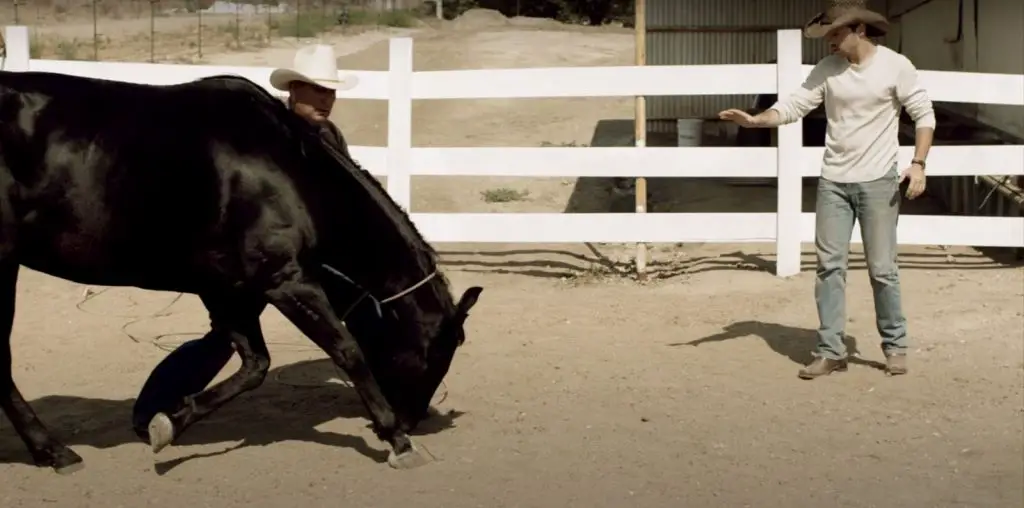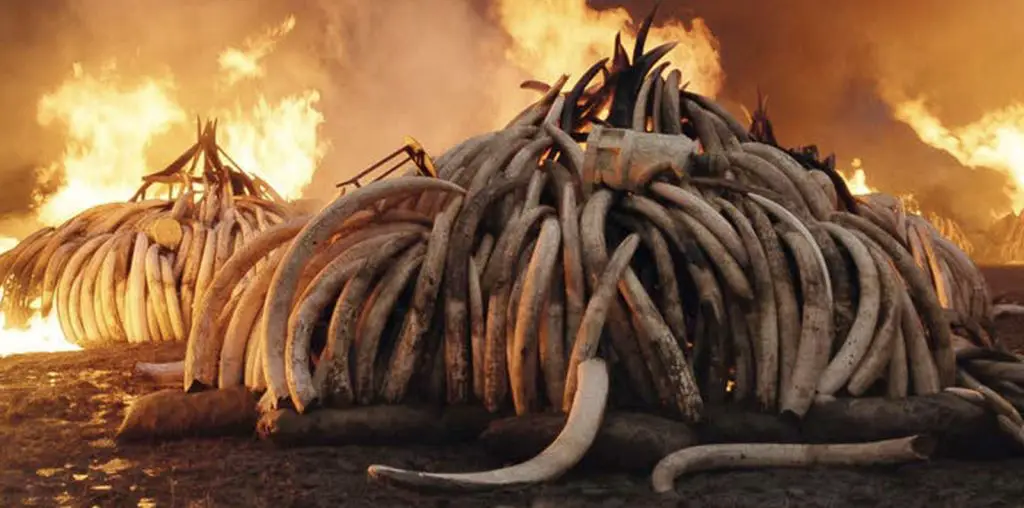
January 24-31, Seattle, Washington ^ January is a depressingly downbeat period for most American filmgoers, what with studio sewage valves spewing their post-holiday dregs into multiplexes across the country. As Hollywood purges itself with this bitter enema, frantically marketing second-string, first-of-the-year dreck like Birthday Girl and Slackers, hardcore cinemaniacs hit the festival circuit instead. A plane ticket to Park City could land you at Sundance, America’s most widely publicized and chilliest festival experience. However, unless you’ve booked the flight well in advance of the event’s army of airborne actors, agents, publicists, directors, and journalists (or reside in neighboring Salt Lake City), this elite Utah stomping ground of stargazing and pre-release sneak peeks might be an unrealistic choice.
Take Seattle’s cinema crowd, for instance, where crummy mainstream offerings are coupled with bogus, wet weather, gray skies, and Seasonal Affective Disorder. Some northwest film freaks deal with this dilemma by popping liberal doses of antidepressants and washing them down with white chocolate mochas from Starbuck’s. Others beat the winter blues by attending Women In Cinema, an annual event sponsored by Cinema Seattle and featuring female-helmed motion pictures from across the globe.
Marking its seventh year, 2002’s Women In Cinema transported viewers on a matronly mystery tour covering features and shorts from 20 countries. Beginning on January 24th and continuing through the end of the month, Women In Cinema embraced The Body Female as its theme. Director Kathleen Murphy promised attendees “marvelous cinematic manifestations of womanflesh and spirit,” and her weeklong production didn’t disappoint.
Many of the movies reflecting their varying shades of light from the Harvard Exit’s art-house screen also depicted women in roles not typically associated with the female gender. Woman as Pornographer was the theme of “Bad Girl”, Woman as Romantic Aggressor embodied “Rain” and “La Cienaga”, and Woman as Outlaw dominated the Mexican landscapes of “Otilia Rauda”. Other uncharacteristic depictions included a disappointed dogsitter who deals with life’s ugliness by imitating a pooch in “Bark”, a suicidal matron from “It Should Have Been Nice After That”, and Arab women damaged by misogynistic cultural traditions in “Season of Men”.
Although all of Women In Cinema’s featured offerings were created by women, they weren’t always about women. “Miracle”, for instance, dealt with a fatherless boy’s coming of age on the streets of Denmark, while “The Mark of Cain” explored the predominantly male Russian prison system and the hidden meaning behind inmate body tattoos.
Like the Seattle International Film Festival, its mammoth summer counterpart, Women In Cinema was much more than simply an excuse to sit in front of a screen, although Capitol Hill’s Harvard Exit Theatre made for a relaxed, comfortable home base. Attendees gorged their faces at a brunch, were treated to stand-up storytelling (featuring Washington native Julia Sweeney, alumni of Saturday Night Live, star of “It’s Pat”, and creator of “God Said, ‘Ha!'”), and took in a regional art show entitled, “All About Eve.” Meanwhile, a panel of filmmakers including Sweeney, Faye Dunaway (“The Yellow Bird”), Jill Sprecher, (“13 Conversations About One Thing”), Diana Turner (“Writer’s Model”), Kasia Adamik (“Bark”), and several other talents addressed what the event’s program described as “the wonderfully diverse ways women inhabit and express their physical selves.”
Check out FILMTHREAT.com’s FILM FESTIVAL ARCHIVES for more fest news!

